Summary of Today's Activities
The students finished three projects today. In the morning the students learned how to identify rocks from Rikke Jørgensen, a Danish teacher who has been teaching in Greenland for several years. Then I discussed the process of research and helped the students formulate questions about Lake Ferguson, Kangerlussuaq's water supply, and the Landfill. Kasper Busk, our fearless leader filled in details about both locations.
So students headed out to both locations to collect samples. We returned with the samples to the school and then each student attempted to answer the question they formulated about each site. Students created a report of their results which are attached.
Students also had to collect rocks and plants at each site, document and identify each and report their findings to Rikke and Kasper.
Pictures from Lake Ferguson and the Landfill
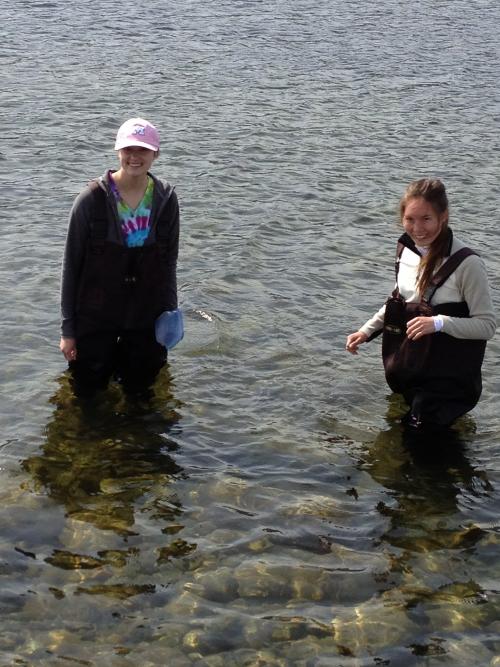
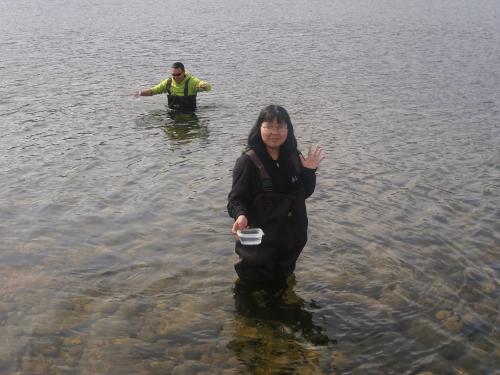
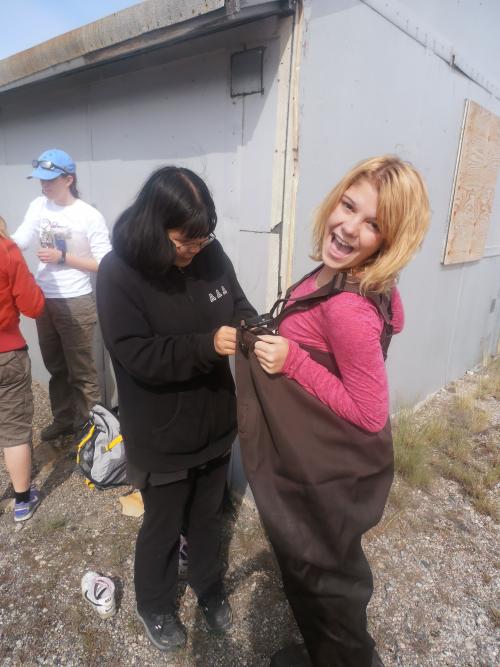
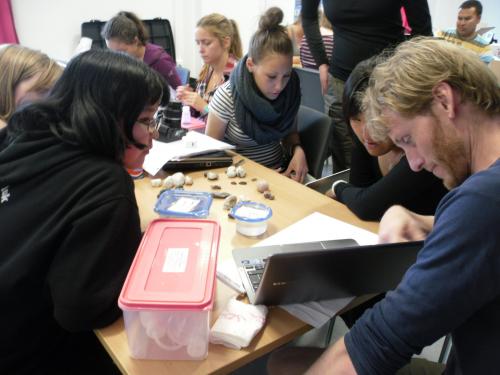
http:// Group 1's Video Report on Lake Ferguson
Student's Science Reports
Student Blogs
Bikkittannguaq Geisler, Sisimiut, Greenland
About me
My name is Bikkittannguaq Geisler and I’m 17 years old. I was born in Ilulissat, but now I live in Sisimiut to study. On August I’m going to start my 2nd year in HTX (technical “high school”). I got to go to field school because me and two other won a water/egg rocket competition.
Lake Ferguson and local landfill
Today in field school, we learned something about rocks, minerals and species. We also went to Lake Ferguson and to a local landfill where there was a small river. We took some samples of the water in both places to could do some research of them. Our group was assigned to place a Geocatch, so while we were near the lake Ferguson we placed some American coins, a small notebook, a pencil and a description of what Geocatch is (in case someone found it by an accident) in the Geocatch-case. I really enjoyed that because someone else is going to try finding the Geocatch we placed and somewhere in the future we can check it to see how many people have found it and see what’s inside the case.
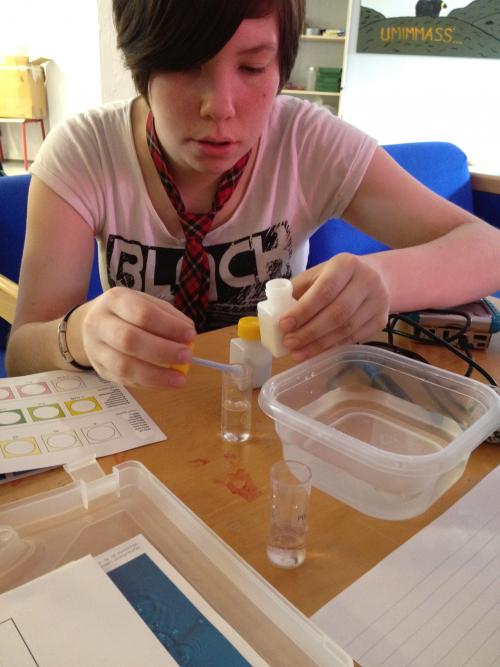
Marisa LaRouche, Denver, Colorado
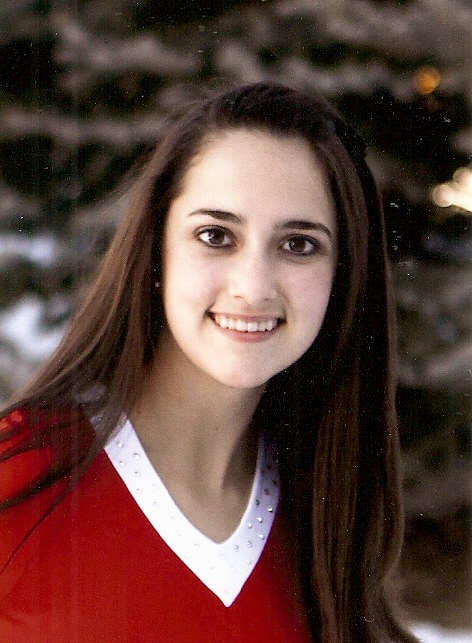
Hi! My name is Marisa LaRouche, and I am from Denver, Colorado in the United States. I will be a freshman Boettcher Scholar at the Colorado School of Mines in the fall.
Landfills and Lakes
Today, our activities at the Kangerlussuaq Field School involved traveling to the local landfill and Lake Ferguson to sample water taken from both sites, in addition to looking for rocks, minerals, plants, and animals found in Greenland. Our group analyzed the pH (acidic or basic nature) of the water, and the presence of ammonium, nitrate, and phosphate in the water at both sources. Other groups measured the turbidity (how many particulates were being moved by the water), flow rate of the water, or presence of dissolved oxygen at the sources.
After collecting our samples and testing them with the equipment (probes and sensors), we also hid a geocache somewhere near the pump house where the lake water is purified and sent to the town through pipes for drinking use. We then headed back into town to analyze our samples, gather our results, and compose a report of our findings. We concluded that the lake water was much cleaner than the landfill water, and that the lake water was most likely safe to drink.
Rocks and Minerals
One interesting fact we learned today is that mica, which is a shiny thin mineral commonly found in rocks here in Greenland, makes metamorphic rocks more recognizable. The mica melts first when a rock is heated, for example, under volcanic or tectonic activity. If there is enough heat, the mica groups together in the bands that give Greenlandic metamorphic rock the characteristic bands seen in gneiss.
Lunchtime
Being around the students from Denmark and Greenland is so exciting because I am learning so much about their cultures. Today, for example, I learned that the Danish word for “bless you” is prosit. At lunch, we made sandwiches using rugbrød, which is a delicious brown bread made with grains and seeds mixed in. It is hearty and tasty! What I didn’t know is that most of the other students also use a liver spread on their rugbrød sandwiches. I was told that it is the first thing people eat when they return home after being without it because they like and miss it so much. I can’t wait to keep learning and exploring here in Greenland! Thank you for this incredible experience. It is truly amazing.
Vocabulary
http:// Video of Kunuk, Cecilia and Bikki teaching us unusual Greenlandic phrases
| Attachment | Size |
|---|---|
| Group 1 Science Project220.9 KB | 220.9 KB |
| Group 2 Science Project277.75 KB | 277.75 KB |
| Group 3 Science Project141.02 KB | 141.02 KB |
| Group 4 Science Project94.08 KB | 94.08 KB |
| Group 5 Science Project359.49 KB | 359.49 KB |


Comments